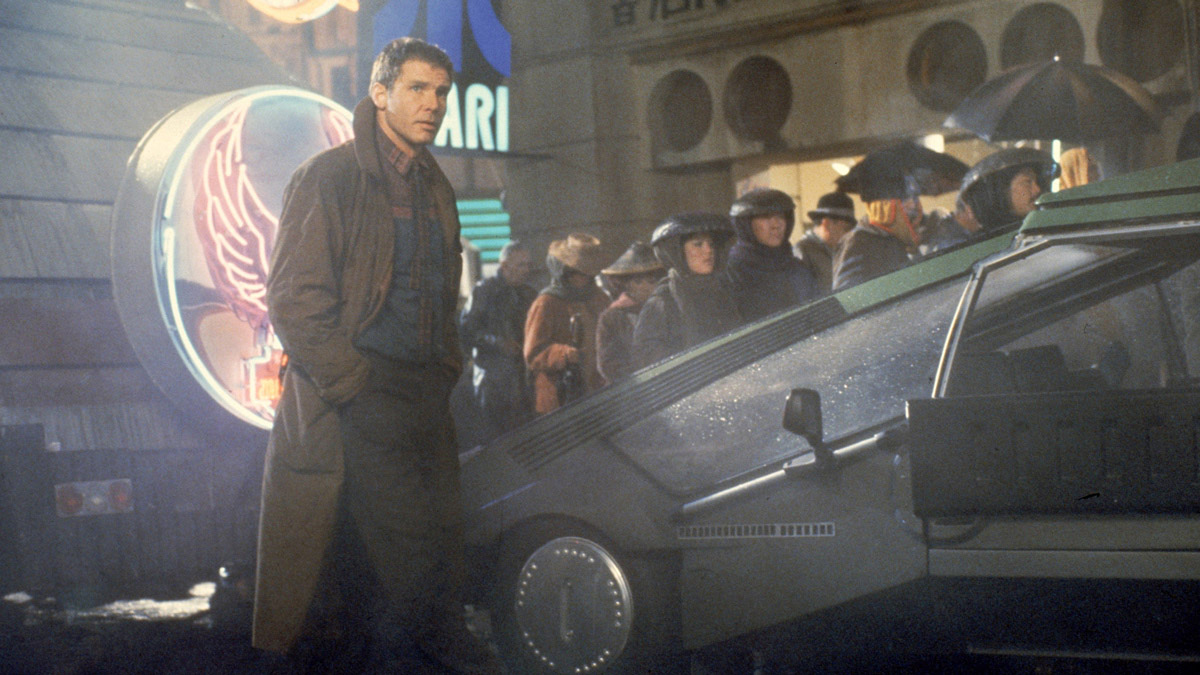
Blade Runner: The Final Cut (c) 2007 Warner Bros. Entertainment Inc. All rights reserved.
Does Blade Runner dream of film noir?
2019.09.03
“Film noir” with a science fiction approach
When the re-edited ``Director's Cut/ Blade Runner Final Edition'' (1992) was released to commemorate the 10th anniversary of ` `Blade Runner ,'' which was released in 1982, several things became a hot topic. One was to suggest director Ridley Scott's interpretation of the debate over whether Deckard is a replicant or not by adding footage of a unicorn and removing scenes of his escape with Rachel, a replicant. point.
Another point is that Deckard's "monologue" is completely removed from the main story. The important difference between a "monologue" and a "narration," in which a character speaks what is in their mind to themselves, is different from a "narration," which explains a character's psychological state or scene.
In addition to the above-mentioned black-based images that emphasize the contrast, the characteristics of "film noir" include the presence of evil women called "femme fatales" and scenes of criminals and corrupt police officers. The main character is an anti-social man, and the production features a lot of ``voice-over''. This “voice over” is a first-person narration, and is almost synonymous with a “monologue.”

Blade Runner: The Final Cut (c) 2007 Warner Bros. Entertainment Inc. All rights reserved.
For example, the story of Sam Spade, a private detective in The Maltese Falcon, played by Humphrey Bogart, and Philip Marlowe, a private detective in The Count of Three , is told through a main character's ``monologue''. Yes, Deckard's "monologue" is important in "Blade Runner" because it is one of the reasons that it is under the influence of "film noir".
Deckard wears a long coat, like a detective from a 1950s movie. He searches for the missing replicants, and in the process meets Rachel, the woman of destiny. Furthermore, the images emphasize the shadows, which is a characteristic of Ridley Scott's work, and even though it is a color film, the contrast based on black is striking, giving it a ``film noir'' feel.

